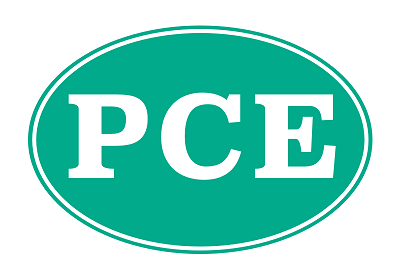
Date posted: 18th Sep 2024
The budget day is approaching which means that our professional contacts in the insolvency industry are usually inundated with enquiries about placing companies into member’s voluntary liquidation (MVL).
This situation is usually the case where a solvent company has reached the end of its natural life and the shareholders wish to wind the company up. By entering into a formal arrangement with an insolvency practitioner (IP) and placing the company into MVL, it can mean that the historic profits are drawn from the company in a tax efficient manner under the capital gains tax (CGT) regime.
Many director-shareholders will be keen to make moves ahead of the budget day (30 October 2024) as CGT is anticipated to rise, possibly with immediate effect.
However, there can be a sting in the tail if you fall foul of the targeted anti-avoidance rule (TAAR) that was introduced in 2016. There are four conditions that apply but usually an owner managed business will meet the first two conditions, thus leaving the following to be met, for HMRC to be able to apply the TAAR:
- the individual receiving the distribution continues to carry on, or be involved with, the same trade or a trade similar to that of the wound up company at any time within two years from the date of the distribution
- it is reasonable to assume that the main purpose, or one of the main purposes of the winding up is the avoidance or reduction of a charge to Income Tax
In essence, if you wind the company up to avoid paying income tax on the monies within the company (and pay the lower CGT instead rather than income tax on a dividend) and enter into a similar trading activity (via a company, partnership, sole trader etc) within two years of receiving distribution monies, then HMRC may be able to challenge the distribution under the TAAR. We would recommend that the circumstances for the MVL are fully disclosed to HMRC on the tax return for the year that the distributions are paid from the IP thus potentially limiting the time frame that HMRC have to ask questions.
If HMRC are able to apply the TAAR, then the monies that you received and paid CGT upon (perhaps as low as 10%), could face taxation as a dividend and therefore a much more penal income tax liability (up to c40%).
As ever, if you need advice, please give us a call.


